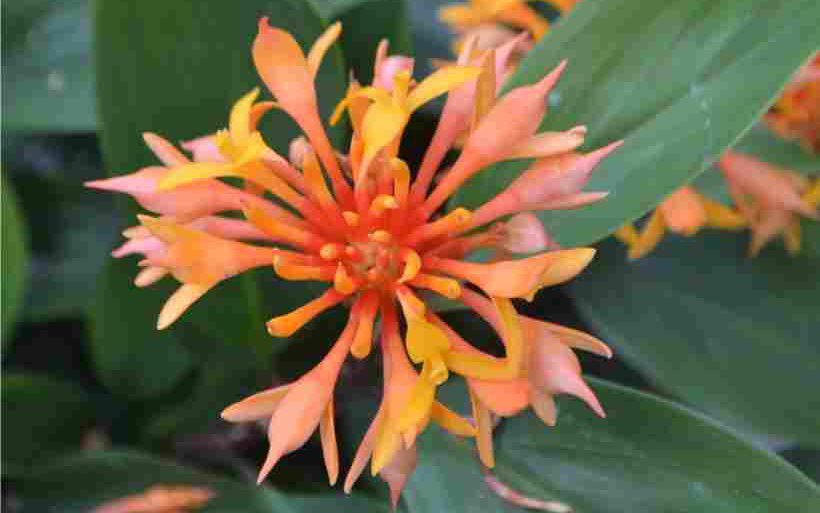These are plants that grow easily in dry areas. There are a slew of other definitions out there, a bit more focused on the plant’s ability to store water in its vascular system, but this definition works for me. Obviously, the definition is not rigorous as what is easy to grow in one area is miserable in another.
If you forget to water your plants for a couple of months during the dry winter, and you see a few plants still surviving, those are succulents (or weeds).
I might add that anyone who has ever visited Miami, particularly from June to September, would not consider this is a dry area. Creating an arid garden in Miami can be done, but it takes planning. Unfortunately, I had to learn this the hard way. A lot of pea pebbles and lava rocks are needed to keep good drainage.
A great book which has survived decades is called “Cactus and Succulents” as given below:
https://www.amazon.com/Cactus-Succulents-Sunset/dp/0376037539
I always thought the title was odd, as by my definition, cactus is singular and cacti, the plural form, are succulents. Apparently, not everyone agrees, as Wikipedia notes, “In horticultural use, the term succulent regularly excludes cacti.” Cactuses are included in Webster’s dictionary along with cacti as acceptable plural forms. Should I really be concerned about the title of a book which has survived for nearly half a century?
I will also note, since starting a cactus garden, most of my cacti are dead, but the other plants are just fine. I’ve got a couple of opuntia (prickly pear), a bishop’s cap cactus and Pereskia grandifolia all still surviving. However, I call it an arid garden now because most of the plants in the garden are not cactuses. I’ve been much more successful growing cacti in clay pots, so I can pull them out of the rain during torrential downpours in the summer months.
I promise to add more pictures, and discussion in the future.
